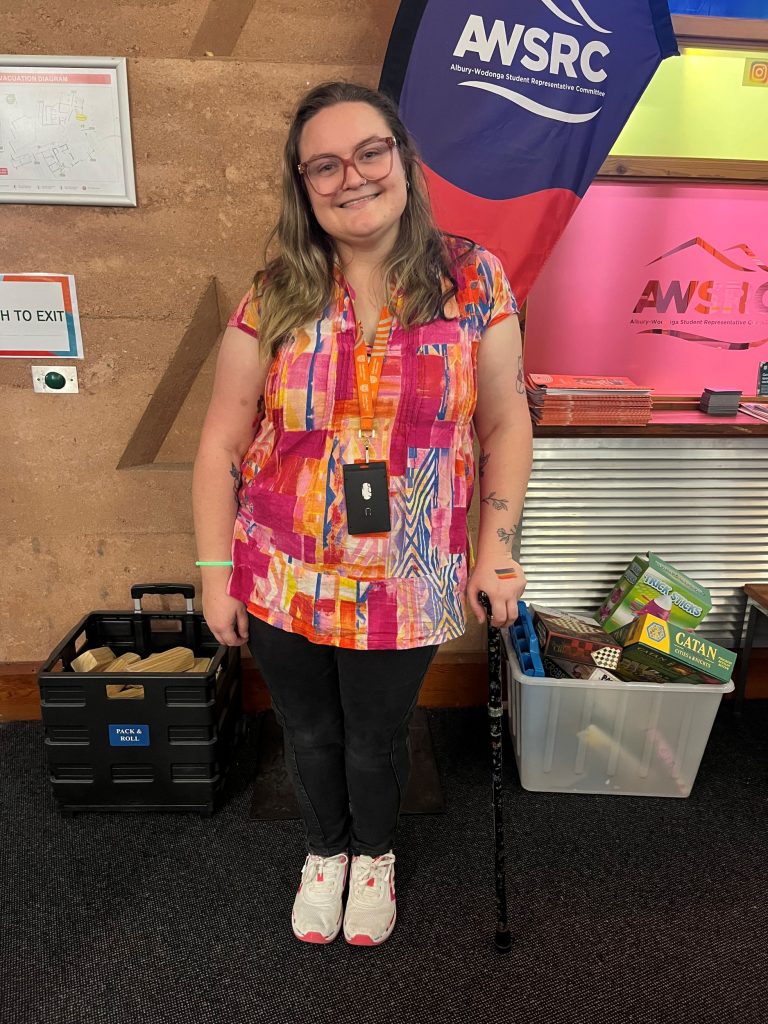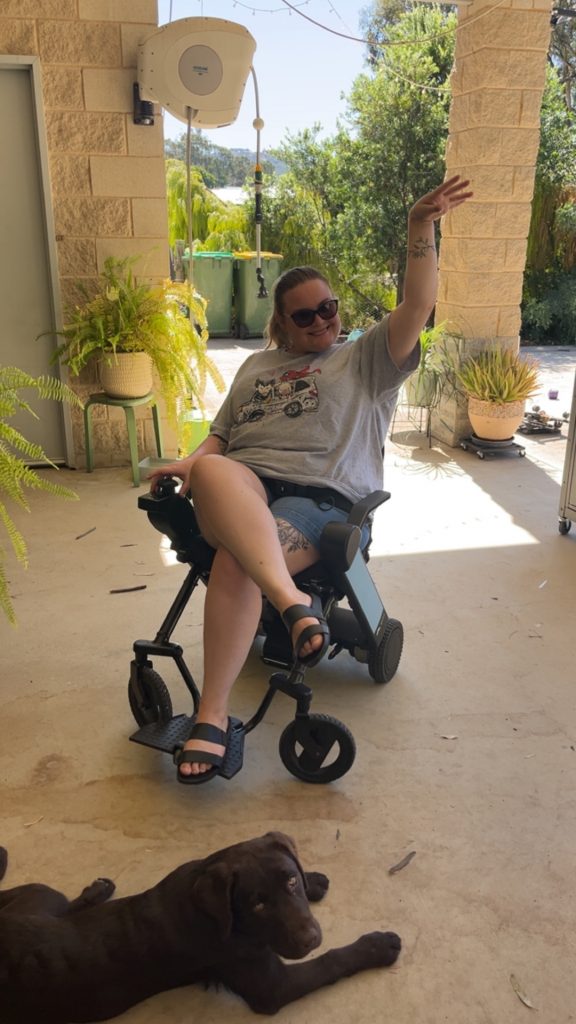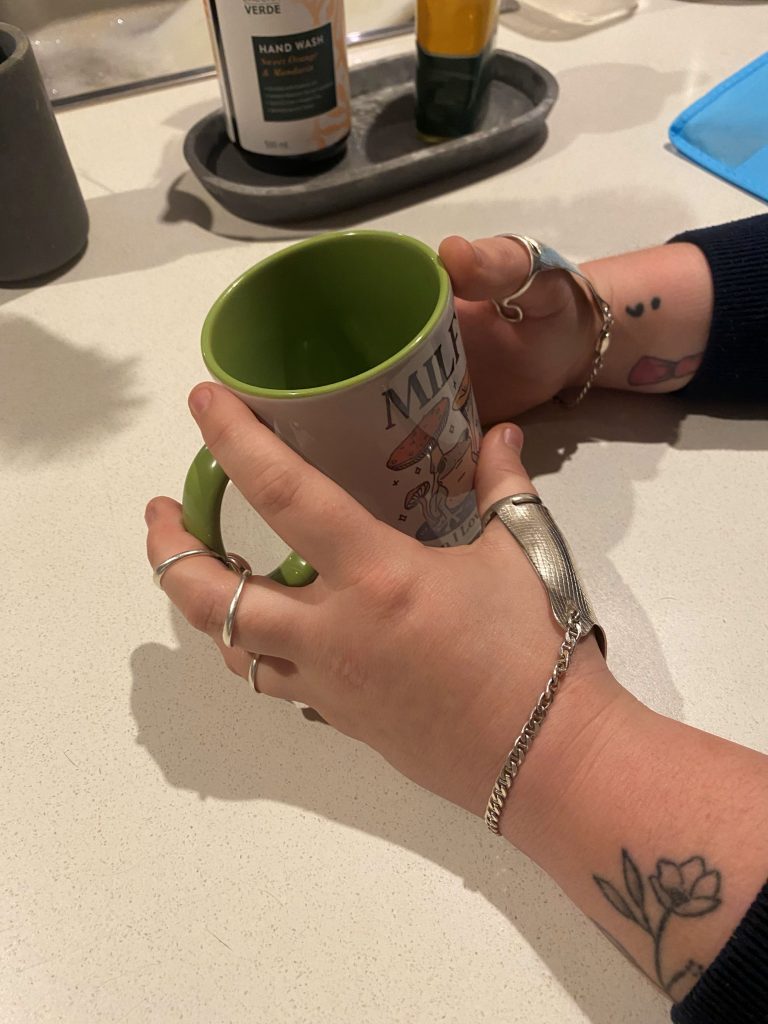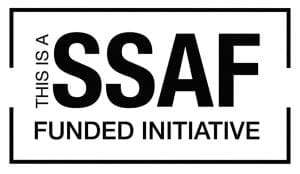Written by Eva Kent
My name is Eva, and I have Ehlers-Danlos Syndrome.

I am a final year Occupational Therapy student, currently undertaking my final block of placement and heading towards the last of my subjects as I prepare to transition into a healthcare professional.
Throughout my study, I have been fortunate to be given opportunities to pursue my dreams of becoming an occupational therapist with the supports that I need, utilizing services through the Accessibility and Inclusion team to help me get to where I am today.
Being a student with a disability means that the demands of study can be even more fatiguing and stressful than the average student. When I add deadlines for assessments and placements on top of weekly appointments, expensive medications and therapies, and managing my day-to-day symptoms, it can feel overwhelming.
Each May, we shine a light on Ehlers-Danlos syndrome so that we can share our journey, our challenges, our wins, and educate others on the range of impacts that this disorder has.

Ehlers-Danlos Syndrome, or EDS for short, is a name for a group of connective tissue disorders which can cause a range of different symptoms. EDS is a genetic disorder, and many people who have this condition often go undiagnosed for years. Many patients report their diagnosis journey taking anywhere between 10-15 years.
My own diagnosis journey took 10 years, when I began having trouble with recurrent dislocations in all my joints. I had previously had subluxations (which is when a joint is out of alignment in the body) when growing up, but I was told this was normal, and part of growing. My pain was so severe that I struggled to walked. My dislocations impacted me at school, as I could not hold a pencil without dislocating my fingers.
When my walking and hand strength declined, I saw an occupational therapist, who helped me to find strategies to support me to gain back strength, support my joints with braces, and create adaptations at school so that I could be involved. This was one of the things that inspired me to study occupational therapy today.
As part of my EDS, I also experience symptoms other than my joint dislocations and subluxations like dizziness, fatigue, digestive problems, bruising and scarring easily, and having muscles spasms.
To help me manage my symptoms and flare ups, I use different types of braces, such as silver ring splints for my fingers – which look like awesome jewellery – different ankle braces and specialised shoes to help keep my ankles stabilized. I am also very fortunate to have access to different walking aids, such as my walking stick, walker, and wheelchair for those days I need extra support.

Each day, more research is being conducted to improve quality of life and diagnosis for people with EDS, and there are more people becoming aware, because of us who share our story. To any other students out there – you are not alone. Reach out, your Charles Sturt community can help you!
If you want to learn more about Ehlers-Danlos Syndrome, visit the Ehlers-Danlos Society webpage
Charlie blog is a SSAF funded initiative.










